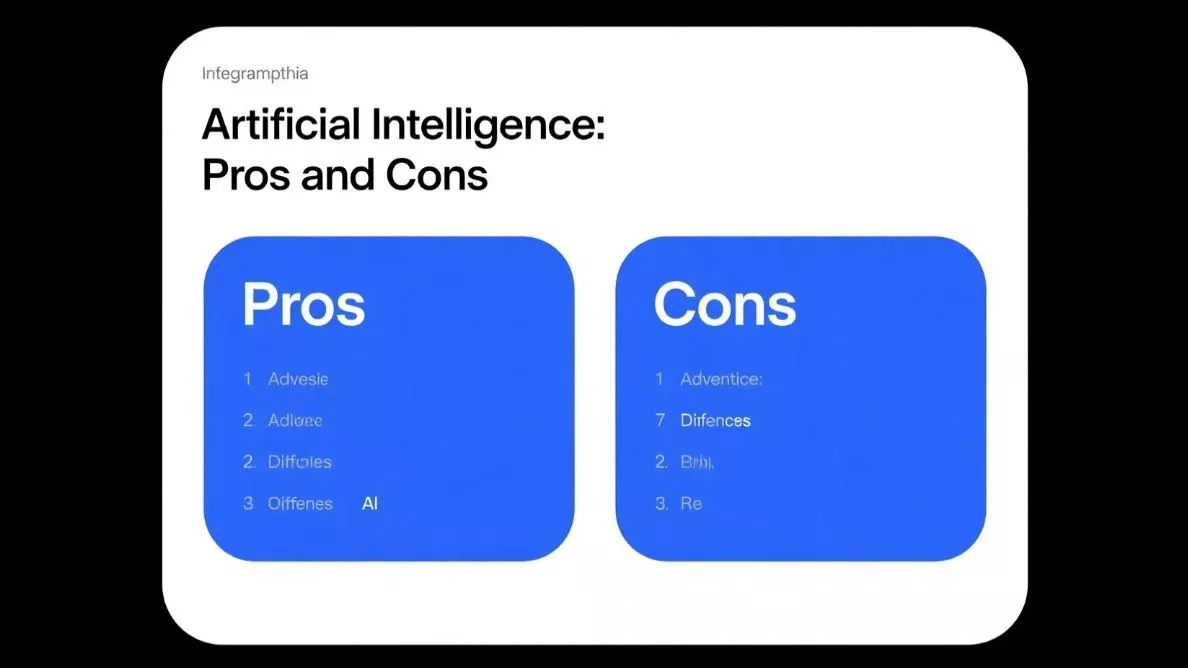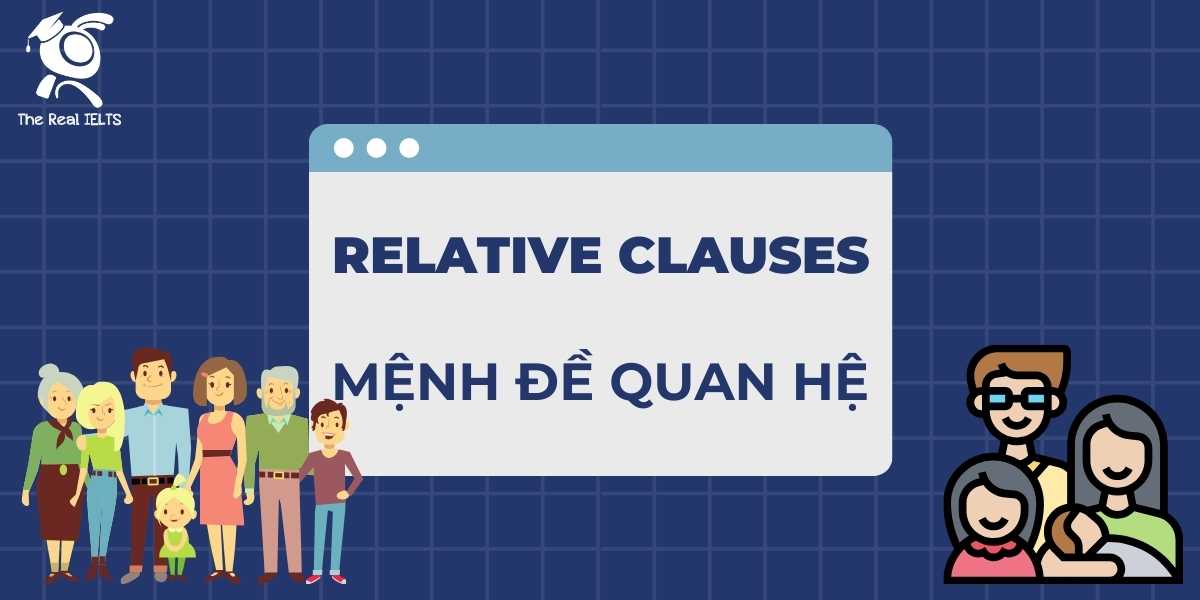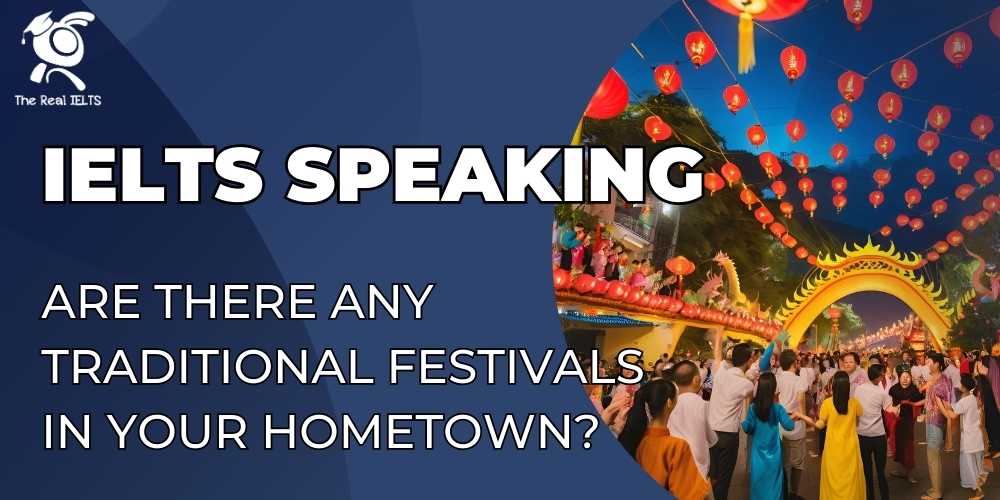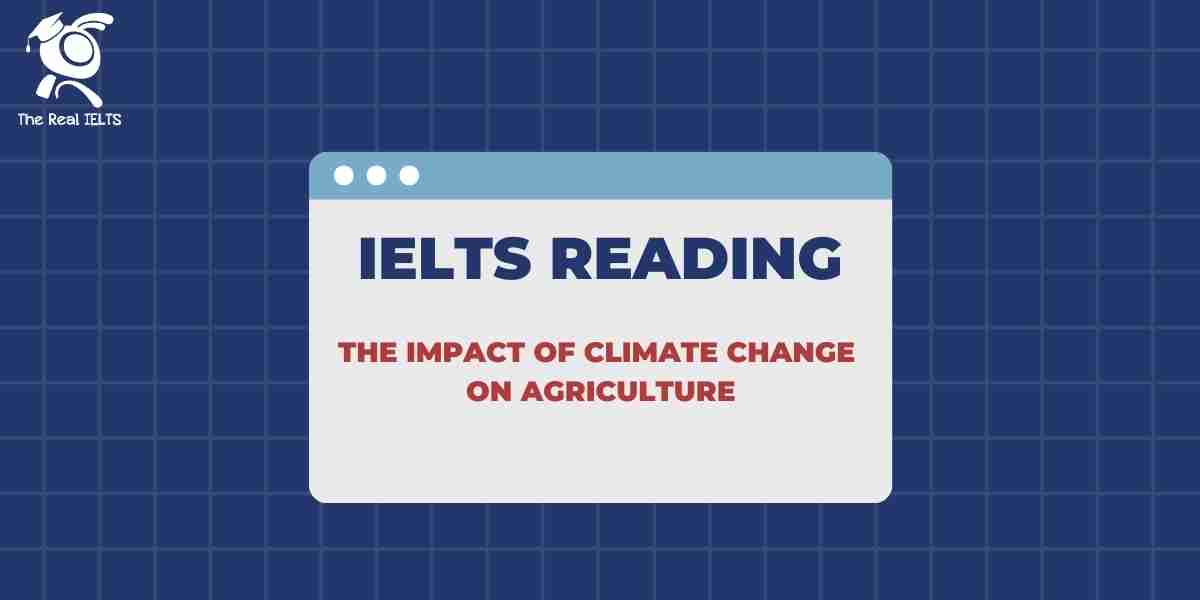Luyện tập IELTS Reading ngày 29 có chủ đề: Cultural Heritage and the Role of UNESCO. Bài này thuộc chuỗi IELTS Reading: 30 chủ đề luyện tập. Mỗi bài này luyện tập khoảng 30 phút.
Học lại bài cũ: IELTS READING Day 28: The Role of Robotics in Modern Industry.
Đọc bài IELTS Reading và trả lời câu hỏi ở bên dưới
Cultural Heritage and the Role of UNESCO
Cultural heritage is an expression of the ways of living developed by a community and passed down from generation to generation. This heritage includes tangible culture, such as buildings, monuments, landscapes, books, and works of art, as well as intangible culture, including folklore, traditions, language, and knowledge. The preservation of this heritage is crucial as it represents the identity and history of communities worldwide. However, the preservation of cultural heritage faces numerous challenges, such as conflict, urbanization, and environmental degradation.
One of the most significant international efforts to protect cultural heritage is led by UNESCO (the United Nations Educational, Scientific, and Cultural Organization). UNESCO was founded in 1945 with the mission to build peace through international cooperation in education, science, and culture. In 1972, UNESCO adopted the World Heritage Convention, a landmark treaty that seeks to identify and protect the world’s cultural and natural heritage of outstanding universal value.
World Heritage Sites
The World Heritage Committee, a part of UNESCO, is responsible for selecting World Heritage Sites. These sites can be either cultural or natural and are considered important to all humanity. Sites such as the Great Wall of China, the Pyramids of Egypt, and the Galápagos Islands are examples of places that are recognized for their cultural or environmental significance. Today, there are over 1,100 World Heritage Sites in 167 countries.
While UNESCO plays a pivotal role in protecting these sites, its involvement goes beyond mere recognition. UNESCO provides financial assistance, expertise, and technical support to countries in their efforts to safeguard their heritage. For example, UNESCO offers training to local communities and heritage professionals to ensure proper preservation techniques are followed. It also assists in disaster recovery when cultural sites are threatened or damaged by natural disasters, war, or other crises.
Challenges and Criticisms
Despite UNESCO’s commendable work, there are several challenges to protecting cultural heritage. One of the major issues is funding. While UNESCO provides support, the organization often faces financial constraints that limit its ability to fund preservation projects comprehensively. Furthermore, the political climate of some countries can hinder the process. Governments may not prioritize heritage protection or may engage in practices that directly threaten it, such as unregulated urban development or warfare.
Another criticism lies in the selection of World Heritage Sites. Some argue that the process is biased toward sites in Europe and wealthy countries, while sites in developing nations, especially in Africa and Asia, are underrepresented. This geographic imbalance has sparked calls for reforms within UNESCO to ensure fair representation of all cultures.
Conclusion
The role of UNESCO in preserving cultural heritage is both essential and complex. While challenges such as funding and geopolitical issues persist, UNESCO’s efforts have contributed significantly to the protection of some of the world’s most valuable cultural and natural sites. As global awareness of cultural preservation grows, UNESCO’s influence and mission remain crucial in fostering a shared sense of heritage for future generations.
Từ vựng
- Cultural heritage – Di sản văn hóa
- Tangible culture – Văn hóa vật thể
- Intangible culture – Văn hóa phi vật thể
- Preservation – Bảo tồn
- Identity – Bản sắc
- Environmental degradation – Suy thoái môi trường
- UNESCO (United Nations Educational, Scientific, and Cultural Organization) – Tổ chức Giáo dục, Khoa học và Văn hóa của Liên Hợp Quốc
- World Heritage Convention – Công ước Di sản Thế giới
- World Heritage Sites – Các di sản thế giới
- Outstanding universal value – Giá trị nổi bật toàn cầu
- Cultural sites – Các địa điểm văn hóa
- Natural sites – Các địa điểm thiên nhiên
- Monuments – Di tích
- Expertise – Chuyên môn
- Technical support – Hỗ trợ kỹ thuật
- Disaster recovery – Phục hồi sau thảm họa
- Funding – Quỹ tài trợ
- Political climate – Bối cảnh chính trị
- Urban development – Phát triển đô thị
- Geopolitical issues – Các vấn đề địa chính trị
- Underrepresented – Chưa được đại diện đầy đủ
- Geographic imbalance – Sự mất cân bằng về địa lý
- Reforms – Cải cách
- Shared sense of heritage – Cảm nhận chung về di sản
Câu hỏi IELTS Reading
1-5 True/False/Not Given Do the following statements agree with the information in the passage?
Write True if the statement agrees with the information, False if it contradicts the information, and Not Given if there is no information on this.
- Cultural heritage only includes tangible aspects such as buildings and monuments.
- UNESCO was founded after World War II.
- The World Heritage Committee is responsible for selecting World Heritage Sites.
- UNESCO has never faced funding issues in preserving cultural heritage.
- The process of selecting World Heritage Sites has been criticized for being biased.
6-10 Multiple Choice
Choose the correct answer (A, B, C, or D).
- What does UNESCO offer to countries to help them preserve cultural heritage?
A. Financial support and military protection
B. Training for local communities and disaster recovery assistance
C. New technologies for urban development
D. Temporary relocation of endangered sites - How many World Heritage Sites are there around the world?
A. 500
B. 1,100
C. 1,500
D. 2,000 - What type of sites are recognized as World Heritage Sites?
A. Only cultural sites
B. Only natural sites
C. Both cultural and natural sites
D. Only environmental sites - Which of the following has been a criticism of UNESCO’s selection process for World Heritage Sites?
A. It favors developed countries over developing ones
B. It is too strict for new nominations
C. It does not consider intangible cultural heritage
D. It focuses too much on natural heritage - What is one reason why some governments may not prioritize heritage protection?
A. Lack of skilled labor
B. Unregulated urban development
C. Climate change concerns
D. Influence from other countries
Đáp án IELTS Reading
1-5 True/False/Not Given
- False
- True
- True
- False
- True
6-10 Multiple Choice
6. B
7. B
8. C
9. A
10. B















